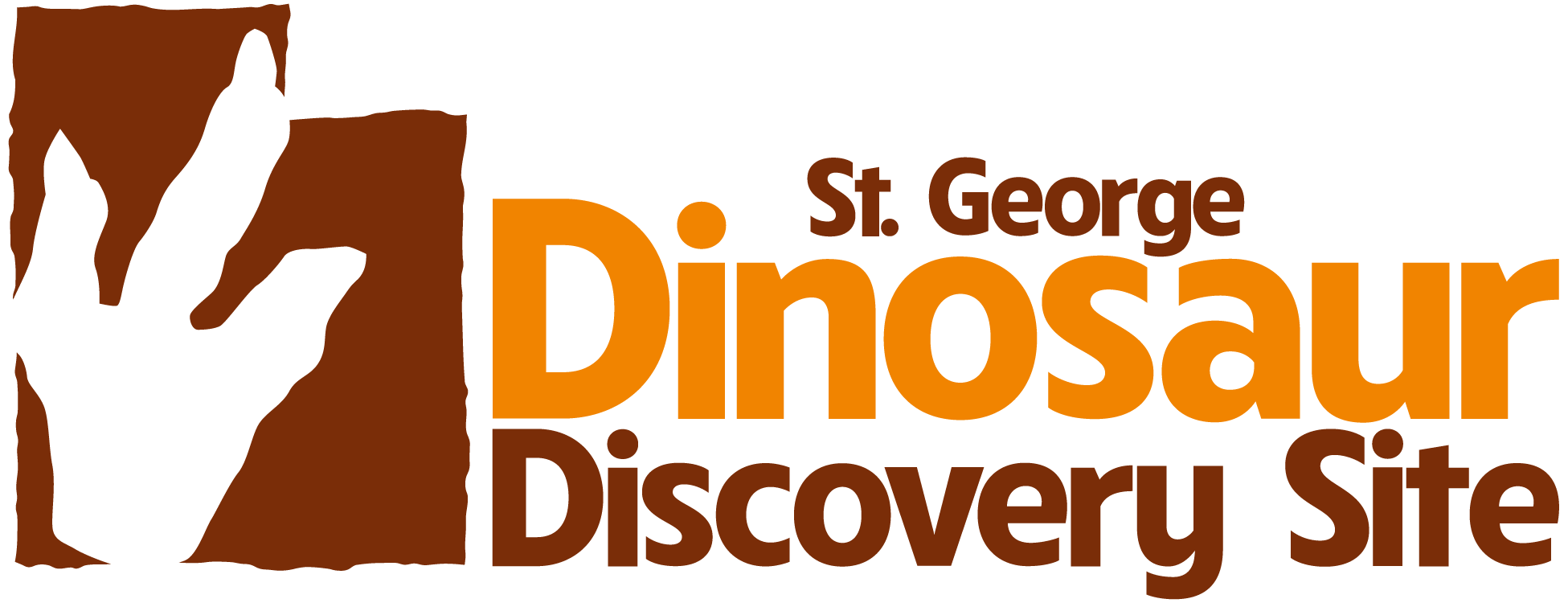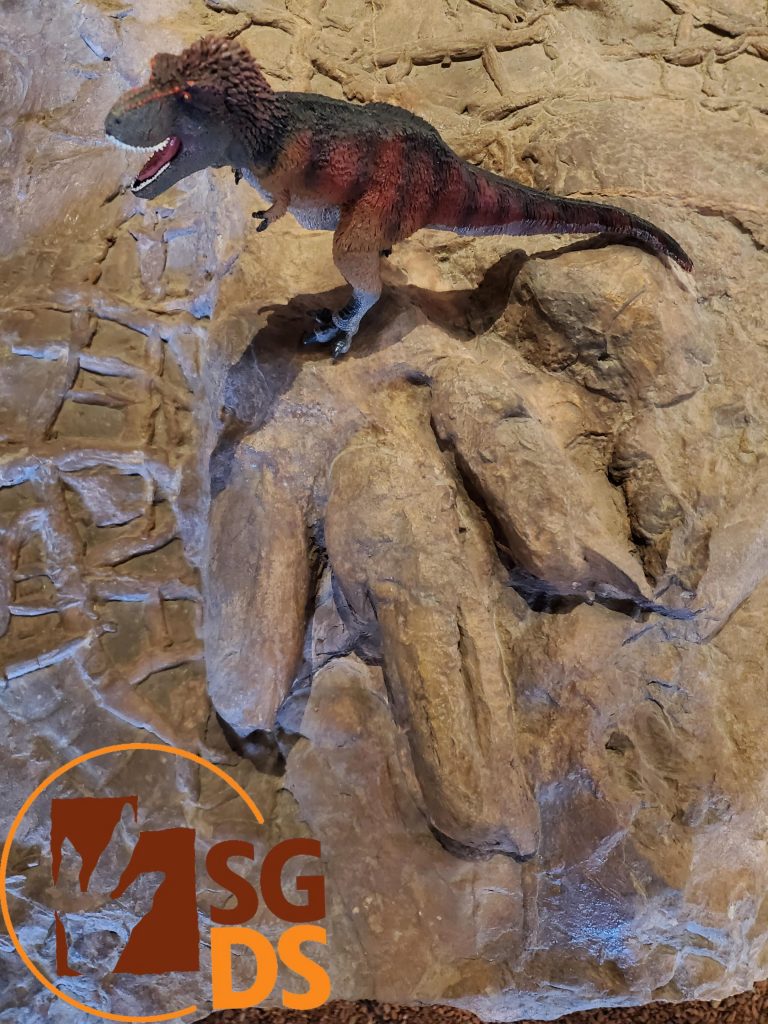Now that we have reopened, we are very excited to welcome the community back into our Museum! As an educational site, we have really missed all of your thoughtful and inquisitive minds, and we look forward to y’all exploring our tracks once again. Now, one of the really cool aspects of our Museum, in my humble opinion, is the Gift Shop. You may be asking yourself, “How is it possible that with all of the amazing tracks and super cool fossils, one of your favorite parts is the Gift Shop?!”, and I would have to say that it is indeed possible, my friends.
Our Assistant Director, Jaleesa Spor, is the one in charge of the Gift Shop and she does an incredible job. She really takes the time to evaluate what we have in stock, to ensure that you folks are getting the best content possible. A lot of care goes into the process of supplying the community with a broad range of fun dino-themed gifts: whether it be our currently most up to date range of models, our plethora of both adult and kid themed books, even our super cool dinosaur socks! Who doesn’t love a fun pair of dinosaur socks?
You may have noticed when you go to check out at the desk that an associate asks you to round up your purchase. What you may not know is that rounding up benefits the Museum in a few different ways. The first way is through funding additional exhibits. We are currently in the process of working on a new Kayenta Timeline Exhibit, which will talk about the different sites and formations in Washington County and how we fit into that big picture. You folks have a really cool opportunity to help support us in that endeavor, as well as other exhibits in the future.
The second way is helping to support our educational programs for kids. We are an educational site above anything else, and we especially love teaching future Paleontologists. We have quite a few themed activities and programs in the works, and are super excited to put them in place, we just need a little bit of help!
Last, but not least, is funding for ongoing research. I am sure you noticed that we have a prep lab in our Museum, and our volunteers and on-site Paleontologist are constantly working on preparing fossils and doing research. Paleontology is a study that constantly requires research, and you can assist in their noble work!
We just really want to thank you guys for supporting us during these strange times. It means a lot to us that we can share our awesome site with the community. We really appreciate everything that you all do, and can’t wait to grow more with you in the future!

